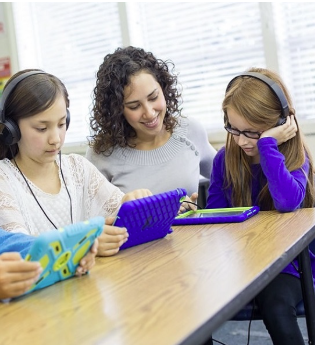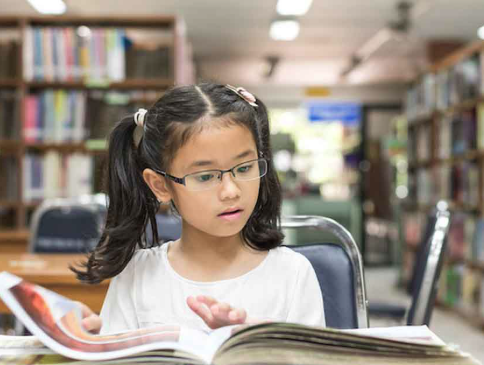As classrooms continue to evolve, educators are embracing new teaching methods that better engage students, foster deeper learning, and build skills for the modern world. These innovative strategies go beyond traditional lectures and textbooks, encouraging collaboration, creativity, and real-world application. Here are some of the most effective and forward-thinking teaching methods gaining traction in today’s schools and learning environments.
1. Flipped Classrooms
In a flipped classroom, students review instructional materials—such as video lectures or readings—outside of class, allowing in-person time to focus on discussion, problem-solving, and hands-on activities. This method promotes active learning and gives educators more time to work one-on-one with students who need support.
2. Project-Based Learning (PBL)
PBL centers learning around real-world projects that require research, critical thinking, and collaboration. Students investigate complex questions or challenges, then present their solutions in creative formats. This approach helps students develop transferable skills such as teamwork, communication, and problem-solving.
3. Inquiry-Based Learning
This student-centered method encourages curiosity and exploration. Teachers guide students to ask questions, conduct investigations, and build understanding through discovery. Inquiry-based learning fosters independent thinking and deeper engagement with the subject matter.
4. Gamification
Gamification involves using game elements—like points, levels, and rewards—in the learning process. It motivates students by turning lessons into interactive challenges. Educational platforms that incorporate gamification can increase participation and make learning more enjoyable.
5. Personalized Learning
Personalized learning adapts instruction to meet individual student needs, preferences, and pace. Through adaptive software, differentiated tasks, and flexible pathways, students receive a more tailored educational experience. This method supports equity and student agency.
6. Collaborative Learning
Group-based activities and peer instruction encourage students to work together to solve problems and share ideas. This approach builds communication skills, promotes social interaction, and helps students learn from diverse perspectives.
7. Experiential Learning
Experiential learning emphasizes learning through experience, often outside of the traditional classroom. Fieldwork, internships, simulations, and service-learning projects connect academic content with real-world contexts, enhancing relevance and retention.
8. Blended Learning
Blended learning combines face-to-face instruction with digital content and online tools. It offers flexibility while maintaining teacher support. Students can review materials at their own pace and receive personalized feedback through digital platforms.
9. Socratic Seminars
This method involves structured group discussions based on open-ended questions. Students engage in dialogue rather than debate, developing reasoning, listening, and speaking skills. Socratic seminars promote critical thinking and civil discourse.
10. Design Thinking in Education
Design thinking introduces a creative problem-solving process that includes empathy, ideation, prototyping, and testing. Applied in education, it helps students tackle challenges with innovation and adaptability, preparing them for dynamic future careers.
Conclusion
Modern educators are redefining teaching through innovative methods that prioritize student engagement, critical thinking, and real-world relevance. By integrating approaches like project-based learning, gamification, and personalized instruction, teachers can create learning environments that are both effective and inspiring. As education continues to evolve, these methods will play a vital role in preparing students for lifelong learning and success.














